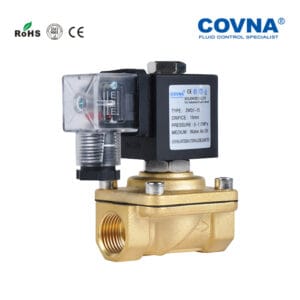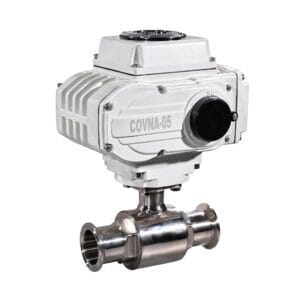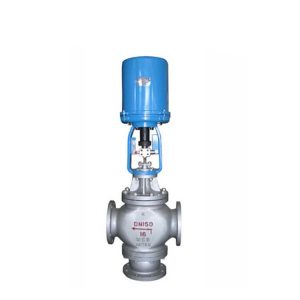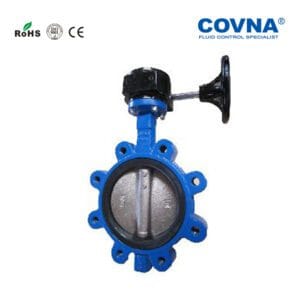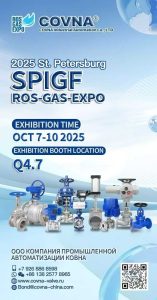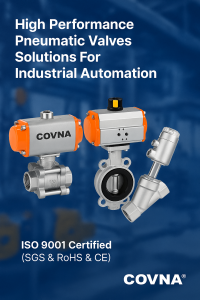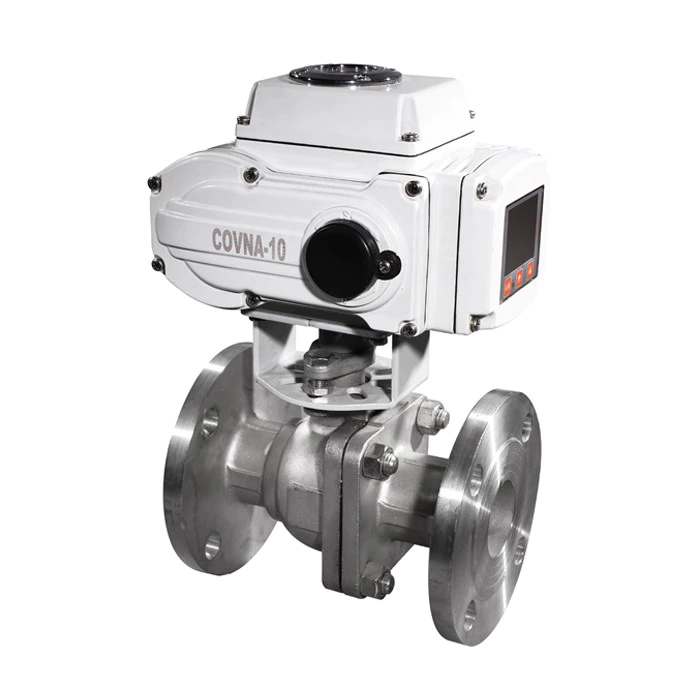
12V Electric Valve Actuators: Compact Solutions for Hot Water Lines
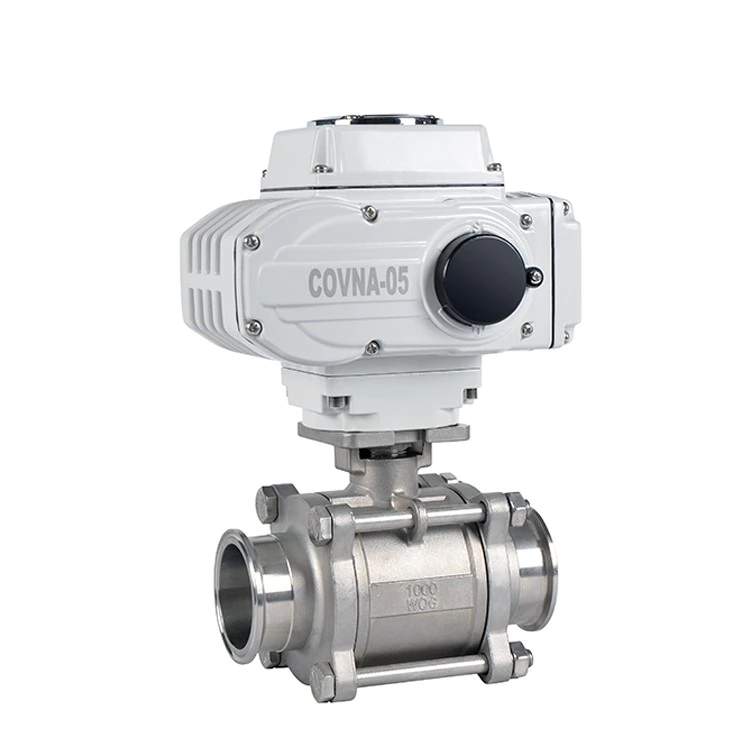
Nano-coated ultrathin corrosion-resistant electric valve
This ultrathin electric valve features a proprietary nano-ceramic coating less than 0.1 millimeters thick that bonds to stainless steel or titanium substrates. The nanolayer creates an impermeable barrier against aggressive chemicals, salt water, and abrasive particulates without adding bulk or weight. Its slim profile allows installation in compact manifolds and tight piping runs while delivering full ANSI-rated flow capacity. Engineers benefit from extended maintenance intervals, reduced risk of corrosive pitting, and consistent torque requirements, making it ideal for offshore platforms, chemical reactors, and microfluidic skids operating under extreme conditions.

Solar-powered autonomous electric valve
Equipped with high‐efficiency monocrystalline solar panels and a built-in lithium-iron-phosphate battery pack, this valve runs off-grid year-round in remote environments. Power management firmware dynamically switches between solar charging, battery discharge, and sleep modes to maintain uninterrupted operation even during low-sunlight periods. The integrated controller supports time-based or soil-moisture feedback scheduling for agricultural irrigation, stormwater management, and off-grid water distribution. Rugged IP68 housing, corrosion-resistant fasteners, and UV-stabilized materials ensure minimal maintenance. Remote connectivity via LoRaWAN or cellular enables real-time status monitoring and firmware updates.
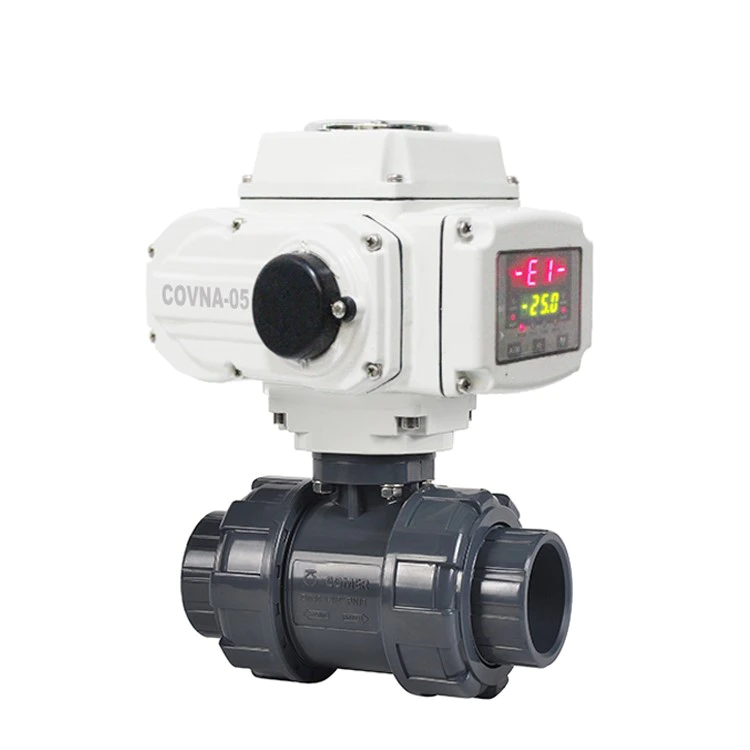
Ultra-micro fluidic electric valve
Engineered for nanoliter-scale precision, this microfluidic electric valve features a piezoelectric actuator and submicron nozzle geometry to regulate flows from 10 nL/min to 5 µL/min with ±1% accuracy. Its compact footprint integrates directly onto lab-on-a-chip cartridges, enabling automated assays in genomics, proteomics, and single-cell analysis. Biocompatible coatings prevent sample adhesion and cross-contamination, while built-in sensors measure pressure and temperature at the valve seat. Control software offers scripting APIs for complex dosing sequences and closed-loop feedback control. Ideal for pharmaceutical R&D, point-of-care diagnostics, and advanced analytical instrumentation.
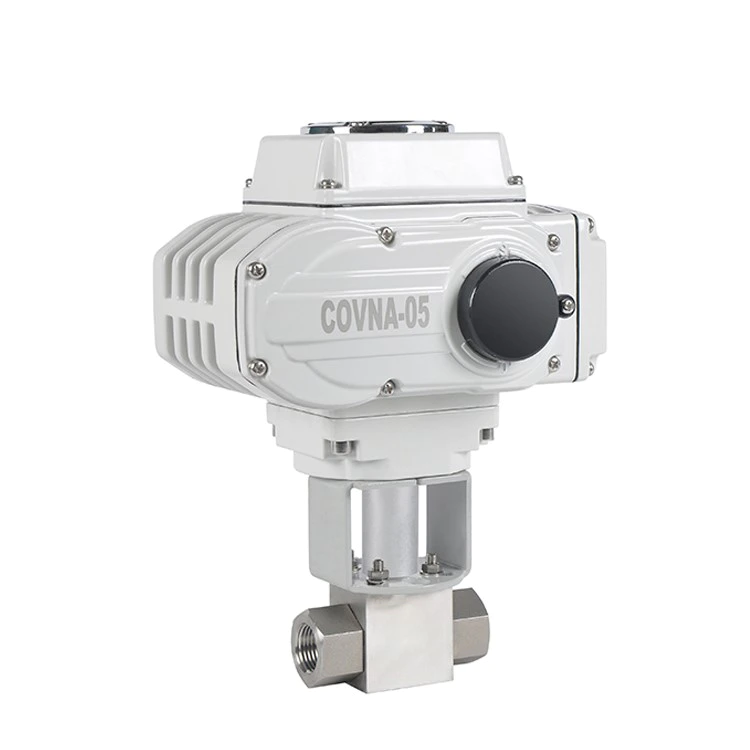
Touchscreen HMI electric valve with diagnostics
This electric valve incorporates a built-in color touchscreen human–machine interface, allowing on-site configuration of flow rates, pressure limits, and actuation timing without external tools. Interactive menus guide technicians through calibration routines, leak tests, and firmware upgrades. Automated diagnostics continuously monitor torque curves, cycle counts, and seal integrity, logging anomalies to onboard memory and optional cloud vaults. Integration with Modbus TCP, EtherNet/IP, and BACnet networks ensures compatibility with building automation or industrial control systems. The intuitive HMI reduces commissioning time, empowers field field staff, and streamlines preventive maintenance workflows.
We Have The Best Solutions for Your Business
COVNA GROUP CO., LTD is a world-leading valve manufacturer which specialized in solenoid valves, pneumatic valves, and electric valves for pipeline fluid control. COVNA originated from German technology, has its own R&D, design, production, sales team, and aims to be the global automation application service provider.
COVNA production range includes solenoid valves, pneumatic valves, electric valves, gate valves, globe valves, butterfly valves, control valves, safety valves, and various special valves. COVNA products are widely used in Water & Waste water treatment, Automation, Petroleum, Chemical, Electric power, Metallurgy, Mining, Paper-making, Pharmaceutical Industries, etc.
COVNA team make a rapid response to customer's requirements, provide professional product selection guidance and reliable valve application solutions.So far, COVNA has achieved ISO 9001 Quality Management System Certification, CE Certification, RoHS Certification.
Why Choose COVNA
Global Expertise
COVNA delivers valve solutions to customers in over 120 countries, combining global market expertise with localized support to meet diverse industry needs and ensure reliable performance worldwide.
Advanced Technology
Backed by German technology, COVNA specializes in solenoid, pneumatic, and electric valves, providing innovative fluid control solutions designed for precision, efficiency, and long-lasting durability.
Strong Manufacturing
With a modern factory, CNC machining, and strict quality testing, COVNA ensures every valve meets international standards, delivering consistent reliability for water, oil, gas, and automation industries.
Trusted Brand
Recognized as a preferred supplier by global partners, COVNA has built long-term trust through consistent product quality, professional technical support, and comprehensive after-sales services.
FREQUENTLY ASKED QUESTION
Do You Have Any Question?
An electric valve is a control element that uses electricity as a power source and opens, closes, or regulates a valve through a built-in motor or actuator. It is typically integrated into automation systems for remote control of the flow, pressure, or temperature of fluids (gas, liquid, steam, etc.).
An electric valve receives control signals from a PLC, DCS, or host computer to drive the motor inside the valve to rotate or the actuator to move linearly, actuating the valve disc or gate, thereby changing the valve opening diameter and achieving flow regulation or rapid shutoff.
The advantages are that they do not require a compressed air system, are easy to install, and are quiet, making them suitable for indoor or airless environments. The disadvantages are that they generally respond slower than pneumatic valves, are more dependent on a power source, and may cause system downtime in the event of a failure.
First, determine the media type, pressure, and temperature range. Then, select the valve body material (stainless steel, cast iron, etc.) and actuator model based on the required diameter, flow characteristics, torque requirements, and operating voltage (e.g., 24 VDC, 220 VAC).
Common voltages for electric valves on the market include 12 VDC, 24 VDC, 110 VAC, 220 VAC, and 380 VAC. Drive types are categorized as single-turn (ball valves, butterfly valves) and multi-turn (gate valves, globe valves). Reference the stroke and torque curves when selecting a model.

